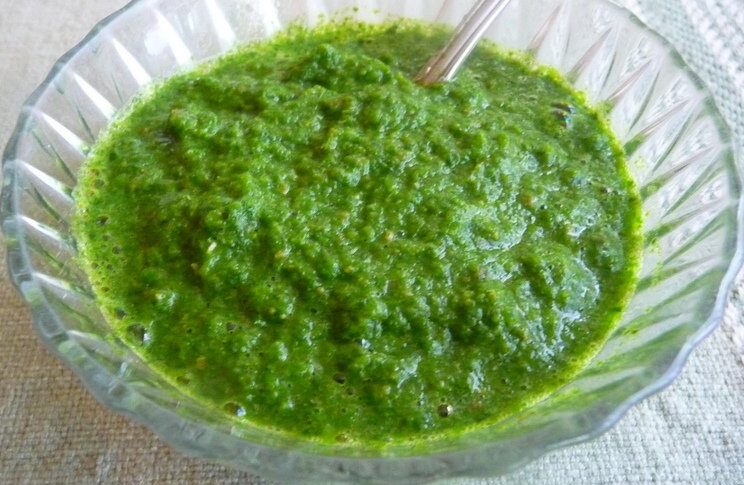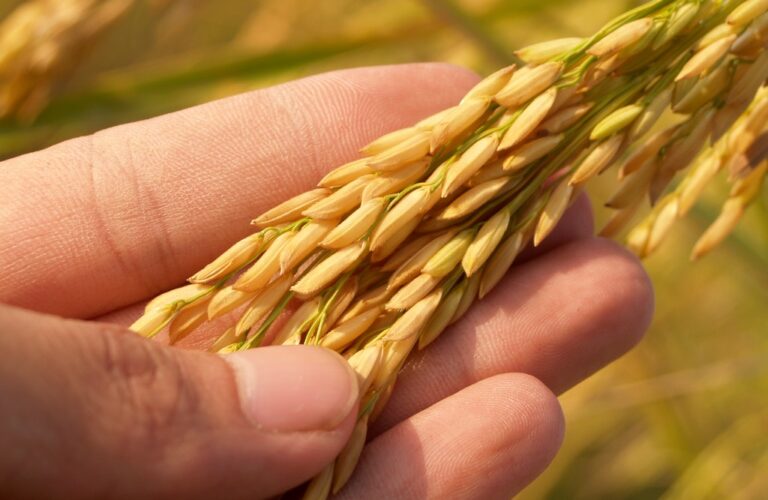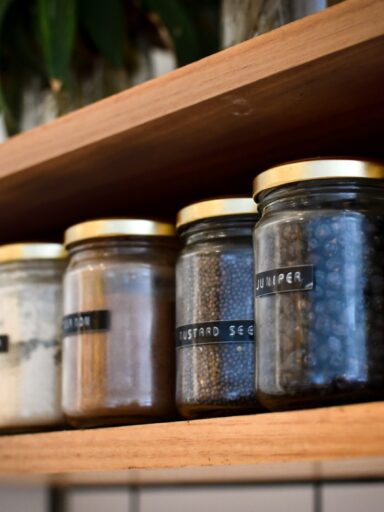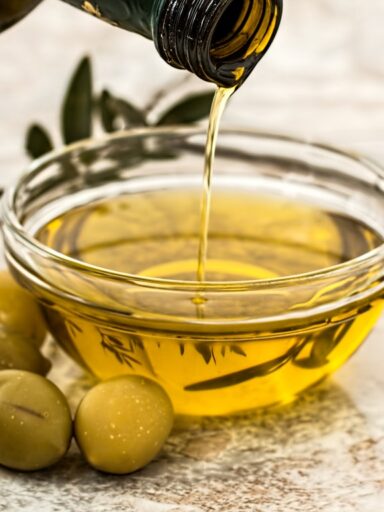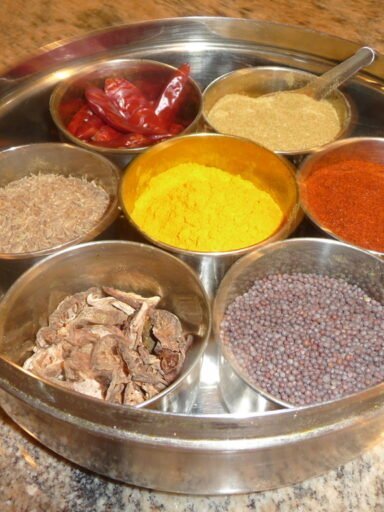Rice is a Grain Seed of a Plant (Oryza sativa) and is considered cereal grain. Rice is used in almost all Countries as a part of the meal and a Staple food in Many Asian Countries . Rice -grain has husk which is removed and some are polished, some semi polished and some have husk-wild rice-which takes longer time to cook and the texture is different.
Types of Rice:
Basmati, which means “queen of fragrances,” was originally brought from Afghanistan and planted in the hills of Dehra Dun, at the foot of theHimalaya. The lush green paddy fields are watered by the snow-fed rivers of the majestic Himalayas. The grains are delicate, long, slender and naturally flavorful. (Some basmati hybrids are cultivated in theUnited States, including Texmati, Kasmati and Calmati.) The latest hybrid may be Jasmati.
Most rice varieties are white but many are Brown, Black and Red. So many packaged Rice available today in different stores and markets, The most popular to the Western World is “Basmati”. You can see “Aged” marked on the pakages of Basmati Rice,
Brown Rice: Rice with partially removed husk is brown rice however, Some Countries have Black and Red rice with husk, pearl rice come from Asian Countries and are glutenous-sticky Rice- I tried Kerala Red Rice in south India and really liked the texture and Flavor.
My favorites are Jasmine Basmati Rice- Not quite as long as Basmati but very flavorful-slightly sticky and Kerala Red Rice- Shri Lanka produces Red rice. KNown as Shri Lankan Red Rice-Mutta Rice.
jasmine Rice has more Gluten then Basmati. stickier the Rice-mor Gluten it has.
Basmati Rice has been known to have low Gleicemic Index. The grains are separate when cooked.
The Shri Lankan red Rice takes long time to cook and needs more water then regular Rice.
Countries that produce Rice are: India, Australia, Pakistan, Dominican Republic, Bangladesh, Spain, Philippines, Malaysia,Vietnam, Japan, Thailand,China, Miyanmar(Burma), Shri Lanka, USA and more. Each produce different varieties and flavors which are natural. Jasmine rice has natural fragrance, Basmati rice develops more flavor as it ages. Some are high in Gluten and some have less. All rice are rich in Carbohydrates-high energy but not much fat and is a good source of fiber. .
Storage for Rice:
Rice is best when it is stored in cook dark-dry place. They are sold in 1-2-5-10 and, 20 pound(Lb) packets in stores. Rice is also sold in Barrels in many stores. This allows a person to buy small portion to try. Try a small portion of different rice with your meals and select the Family favorite.
The Cooking Process:
It is always best to wash the rice before cooking.This washes away-dirt and powder starch from rice. Put rice in a bowl and add water to almost double the amount of rice. Wash them using hands, drain access water and repeat at least once more. The cooking time reduces if the rice is soaked in warm water for about 10 minutes to half and hour.
Generally use double the amount of water to cook on normal stove at low medium heat. Depending on the type of Rice and the amount, it can take 10 to 15 Minutes. Brown Rice takes a little more water. Some prefer cooking it covered and some use open pot-in any case do not stir let it just cook slowly. Once most of the water is evaporated, you may want to check the grain by using a small spoon to see if it is cooked-press the grain and see. Turn the heat off and cover-let it sit for a few minutes. I add a little salt and Olive oil and stir gently and then cover
There are several ways to cook Rice- rice is cooked in a Steam Cooker in India. Now with the use of Electric Rice cooker the process has become easy. I remember as a young girl, cooking rice was like cooking Pasta. Boil water, add rice and then strain like pasta and put rice back in to the Pot. may be this was one of the first things I learned to cook.
For cooking instructions please check ” Cooking Rice”.
